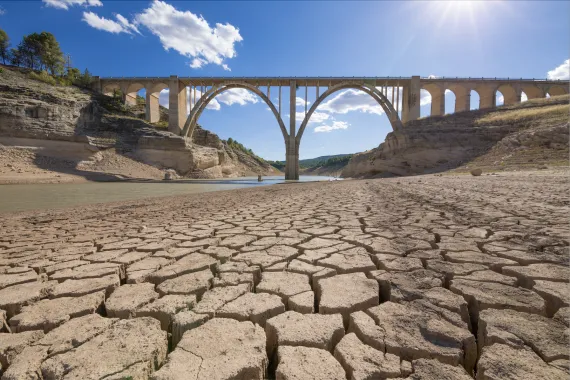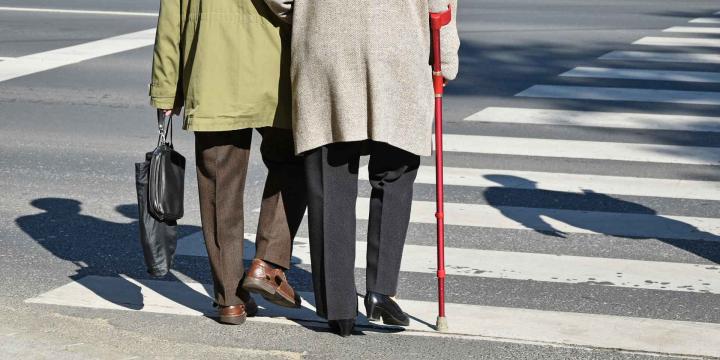Course Info
6 video lessons (85 Mins)
Published
2025Trending
-
4.43
Preview Course
Browse Course Chapters
-
1.Introduction
2 mins
-
2.Historic Heat and Drought Events
16 mins
-
3.Identifying Vulnerabilities
22 mins
-
4.Reducing Vulnerabilities
31 mins
-
5.Case Studies
10 mins
-
6.Conclusion
2 mins
What You Will Learn
- Understand the history of heat events
- Understand key concepts of resilience planning
- Assess vulnerabilities to heat events in your community
- Assess physical and social vulnerabilities
- Identify practices and policies to foster physical, economic, and social resilience to heat events
Course Description
Natural hazards represent an enormous threat to human health, safety, and welfare, leading to ever-higher human and economic costs. Our vulnerability to natural hazards is exacerbated by growing populations in hazard-prone areas and patterns of development that expose more households to threats. Climate change is contributing to increased threats of everything from heat waves to hurricanes, severe droughts, tornadoes, and torrential rain.
2025 is on course to be the hottest year on record, with these rising temperatures having an enormous impact on our cities. These temperatures are creating significant public health and safety challenges, particularly for elderly people and those who work in the heat. Additionally, we’re seeing economic impacts from skyrocketing energy prices, changes in tourism behavior, and more. These challenges require a comprehensive approach to identify strategies to mitigate the worst effects of rising temperatures. This course will discuss the growing challenge of heat events, the impact they have on cities, and strategies for mitigating the worst of these impacts. As stewards of the built environment, planners must take an active role in developing policies and practices to mitigate the impacts of rising temperatures and ensure cities continue to be livable for the long term.
Learn these skills
- Disaster Planning
- Environmental Planning
- Equity
- Land Use
- Parks & Recreation
- Public Health
- Regional Planning
- Resilience Planning
- Sustainability
- Urban Design
AICP CM
This course is approved for 1.25 AICP CM credit, including 1 Sustainability and Resilience credit.



























